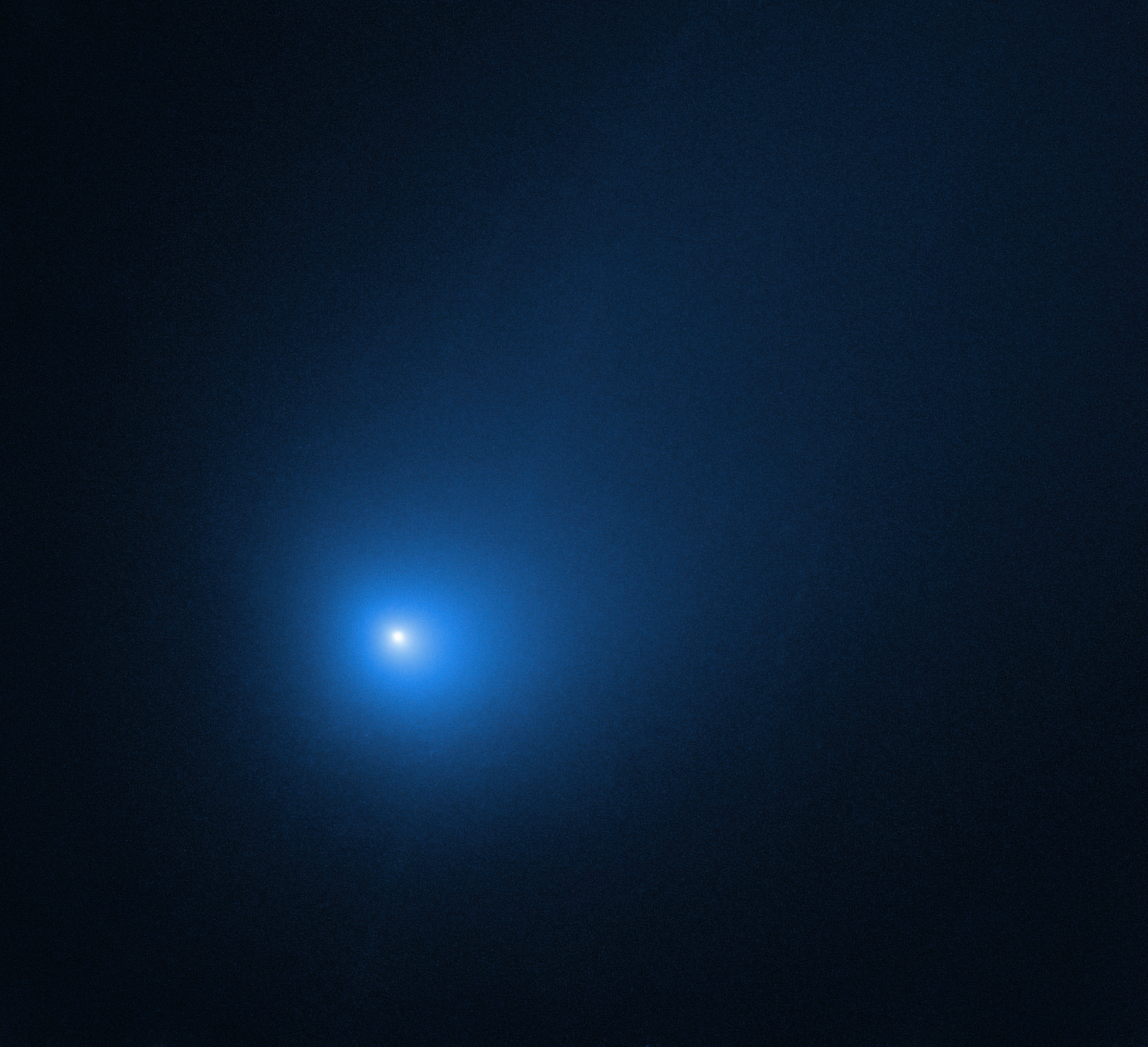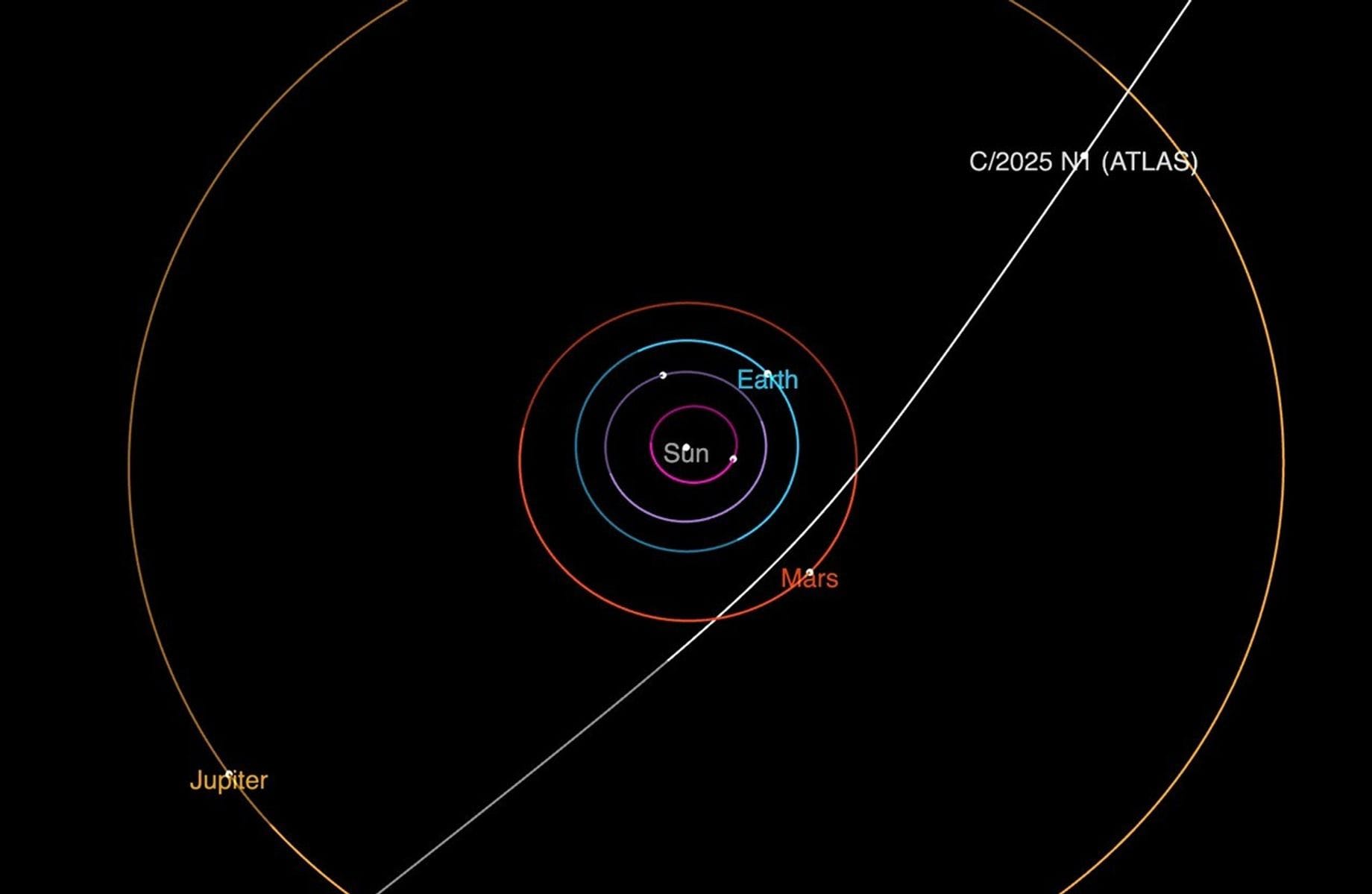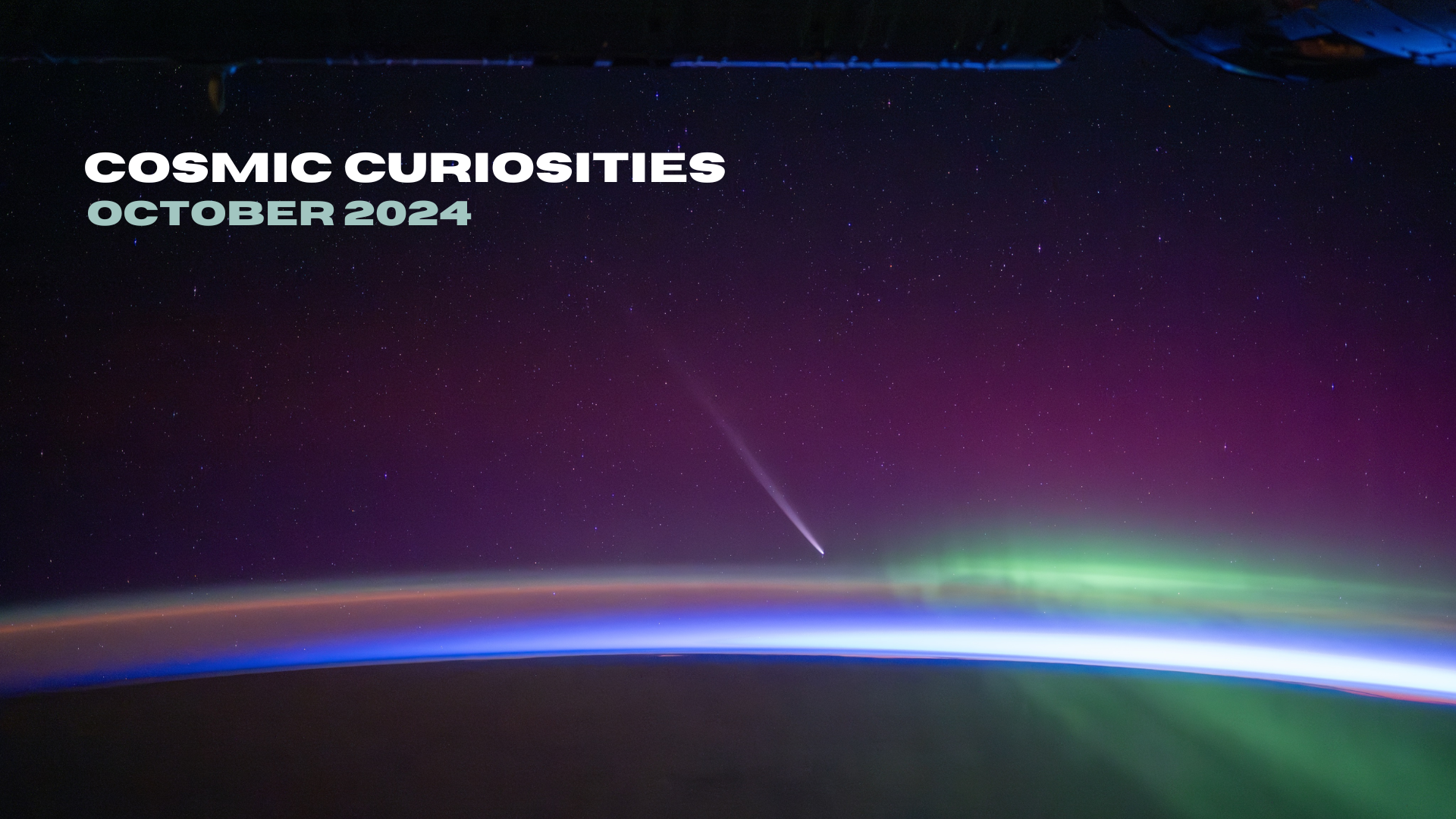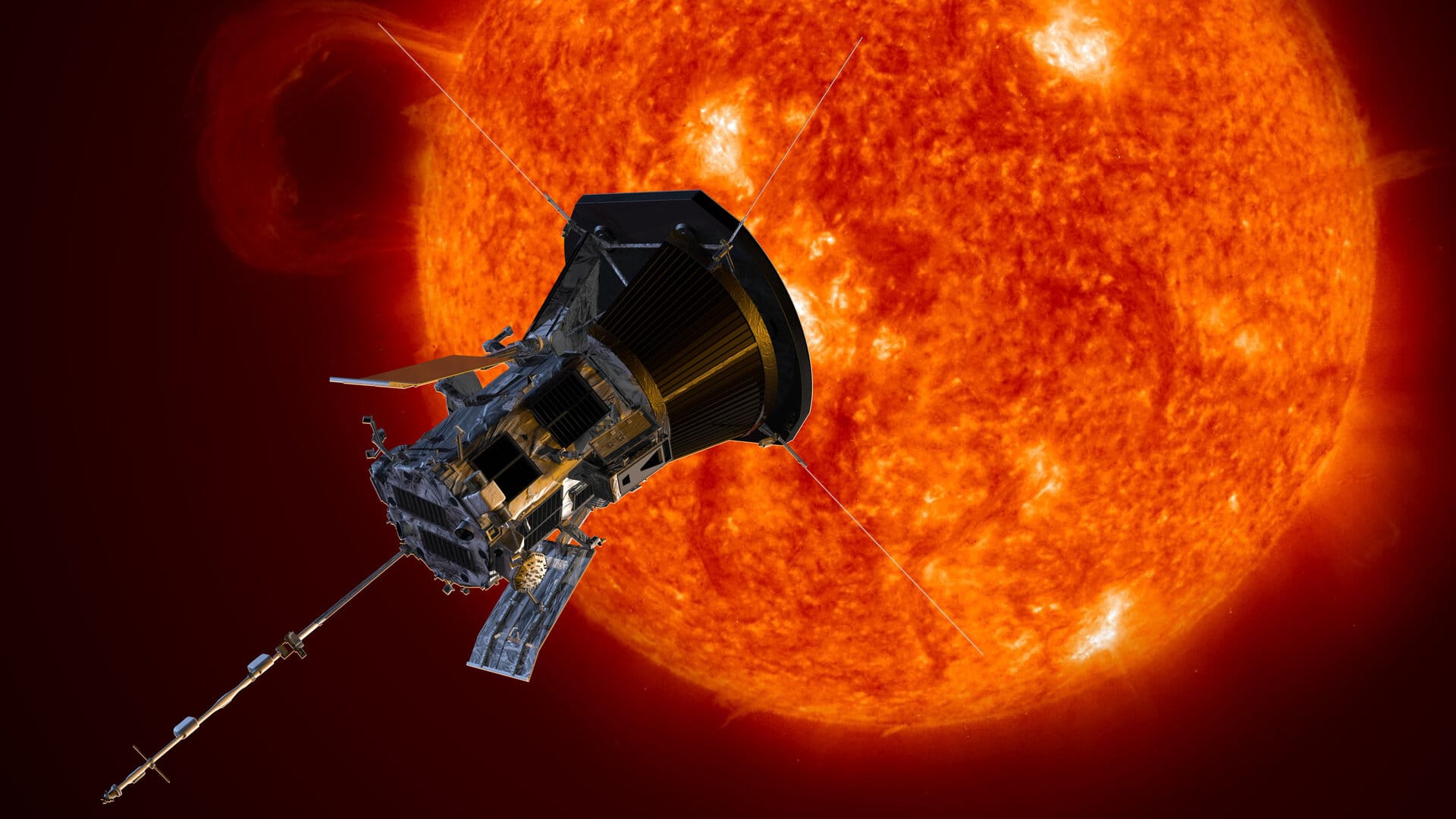Table of Contents
A newly found interstellar comet, called 3I/ATLAS, is currently whipping through the solar system at a speed of around 58 kilometers per second (130,000 miles per hour).
3I/ATLAS is believed to be coming through our solar system from the direction of the constellation Sagittarius and is around 670 million kilometers (420 million miles) away from Earth. Within our solar system, the comet will pass between the orbits of Earth and Mars. At its closest approach to Earth, the comet will be around 240 million kilometers (150 million miles) away due to the planet's orbit.
In a July 2nd blog post by NASA's Science Editorial Team, the U.S. space agency shared that the interstellar visitor was found to be from outside our solar system by the NASA-funded ATLAS (Asteroid Terrestrial-impact Last Alert System) survey telescope in Rio Hurtado, Chile. Since then, further observations with ATLAS, located worldwide across Africa, Asia, the Americas, and Oceania, have taken place to better understand 3I/ATLAS. Although at the end of the blog post, NASA noted:
"The interstellar comet’s size and physical properties are being investigated by astronomers around the world. 3I/ATLAS should remain visible to ground-based telescopes through September, after which it will pass too close to the Sun to observe. It is expected to reappear on the other side of the Sun by early December, allowing for renewed observations."
Meanwhile, New Scientist has reported that the interstellar comet is around twenty kilometres wide and will accelerate as it comes closer to the sun, thanks to orbital mechanics. At the moment, 3I/ATLAS will come closest to the Sun in October, then passing Jupiter around March 2026, before leaving our solar system.
Interstellar visitor confirmed. #A11pl3Z is now known as 3I/ATLAS. It is only the third confirmed object from beyond our solar system. pic.twitter.com/jLsRRXUZPG
— Tony Dunn (@tony873004) July 2, 2025
The trajectory of 3I/ATLAS through our solar system, via Tony Dunn on Twitter.
Spotting interstellar visitors is a difficult feat, but ATLAS is designed for challenging observations like it, and also for finding potentially dangerous asteroids within the solar system. Regarding the challenge, John Tonry, a University of Hawai'i Institute for Astronomy astronomer and professor, shared:
"Spotting a possible interstellar object is incredibly rare, and it’s exciting that our [University of Hawai'i]-operated system caught it," – "These interstellar visitors provide an extremely interesting glimpse of things from solar systems other than our own. Quite a few come through our inner solar system each year, although 3I/ATLAS is by far the biggest to date."
Sadly, any missions to possibly head to the interstellar comet are already too late with current technologies, due to the insane speeds needed in a short time.
Here's our images of interstellar object #A11pl3Z from Deep Random Survey's 0.43-meter scope @ Chile. The telescope was following A11pl3Z's motion, so stars appear smeared. Weather got worse by the end, so still hard to tell if it's a comet. 600-sec exposures, from 2025 Jul 2, 00:42-01:23 UT 🔭☄️
— astrafoxen (@astrafoxen.bsky.social) 2025-07-02T03:06:59.351Z
Observations of 3I/ATLAS on July 2nd, via astrofoxen on Bluesky.
Coincidentally, news of 3I/ATLAS is coming out at the same time as fans of the 1996 blockbuster 'Independence Day' are posting the film's events in real time.
3I/ATLAS is not our solar system's first interstellar visitor, and is believed to be the third (that we have observed). The first was the small asteroid ʻOumuamua (designated 1I/2017 U1), found in October 2017. Our first visitor is believed to have come from roughly around the direction of Vega in the constellation Lyra while reaching a peak speed of 87.71 kilometers per second (196,200 miles per hour), along with passing closer to the Sun than the orbit of Mercury.
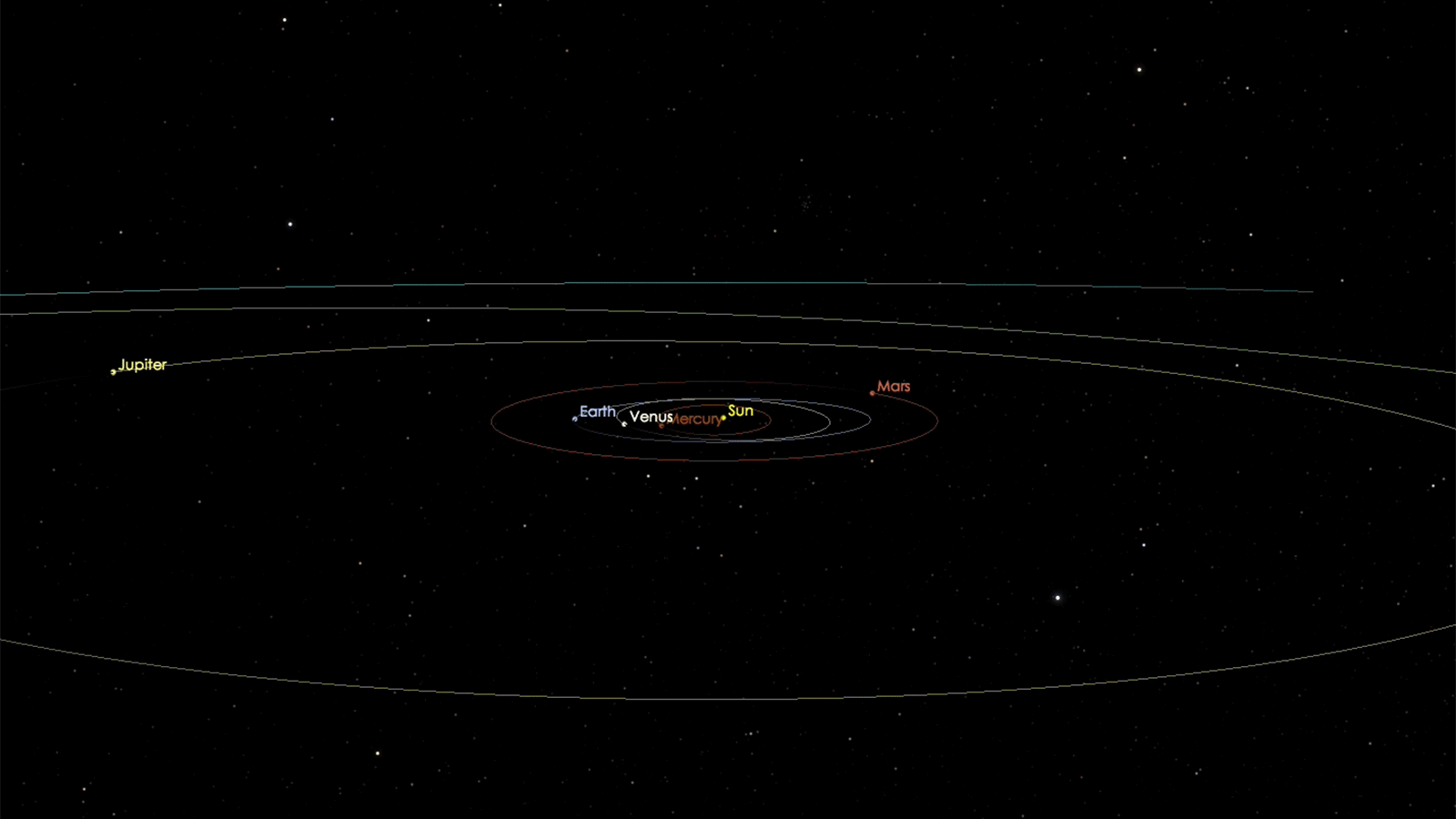
Following ‘Oumuamua, comet 2I/Borisov (found in 2019) blazed through our solar system at over 32 kilometers per second (71,500 miles per hour), skimming the orbit of Mars, from the direction of the borders of constellations Cassiopeia and Perseus. 2I/Borisov was also a small visitor, but produced a tail over 160,000 kilometers (100,000 miles) long, about fourteen times the size of Earth.
